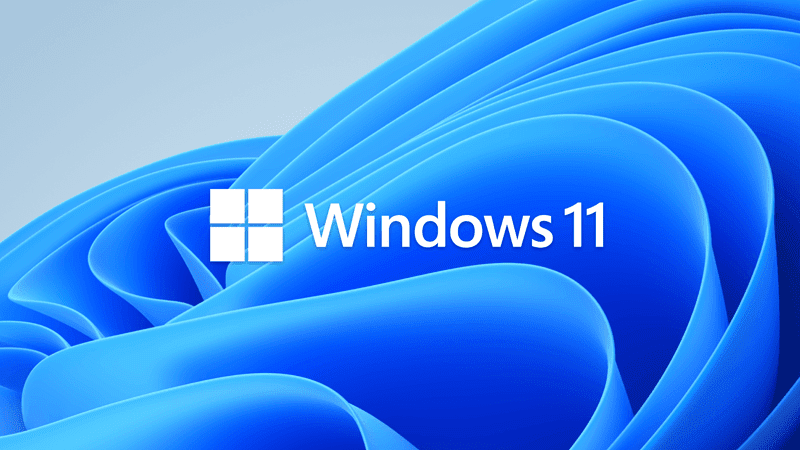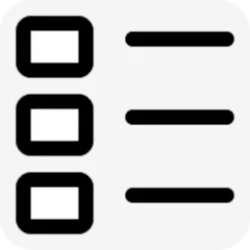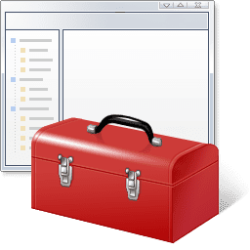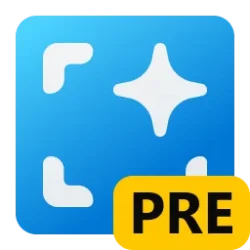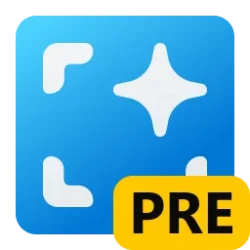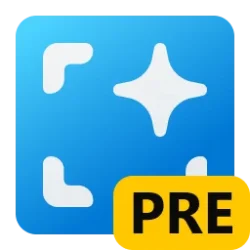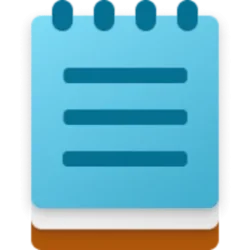This tutorial will show you how to do a custom clean install of Windows 11 on your PC.
When you perform a custom install of Windows 11, a clean install of Windows 11 is performed only on the same partition as the current installation of Windows to replace it. The previous installation is moved into the C:\Windows.old folder as a backup. Once the new custom install has finished, you will be able to copy any files you want back from the C:\Windows.old folder.
A custom install of Windows 11 can be useful if you are unable to start Windows for whatever reason, need to reinstall Windows 11, but do not want to lose any files in your current installation by doing a full clean install.
It is required to be connected to the Internet if you want to set up a Microsoft account during Windows Setup.
It is not required to be connected to the Internet if you want to set up a local account during Windows Setup.
If you set up a Microsoft account during Windows Setup, your user profile folder in the "C:\Users" folder will be named with the first 5 characters of the email address used for your Microsoft account.
If you are someone that cares what the name of your user profile folder is in the "C:\Users" folder, then you will want to set up a local account during Windows Setup so your user profile folder will have the same name you give as the local account name. When Windows 11 has finished installing, you can switch to a Microsoft account from the local account (if wanted) without the user profile folder name getting changed.
Here's How:
1 If you have not already, you will need to create a bootable Windows 11 installation USB that supports UEFI mode.
2 Temporarily disconnect all non OS hard drives until Windows installation has finished for the following reasons:
- To avoid you mistakenly deleting or formatting the wrong disk or drive.
- To prevent Windows Setup from installing the boot configuration files (bootloader) to a different connected hard drive instead of on the disk Windows will be installed on.
Usually it will be set to UEFI mode by default if supported. You may need to read your PC's or motherboard's manual for its specific instructions on how to change this setting.
4 Boot from the Windows 11 installation USB flash drive on your computer.
5 Select your language, time and currency, and keyboard or input method preferences, and click/tap on Next. (see screenshot below)
6 Click/tap on the Install Now button to start Windows Setup for the installation. (see screenshot below)
7 Enter your Windows 11 product key, and click/tap on Next. (see screenshot below)
The product key you enter will determine which edition of Windows 11 gets installed.
You can enter an official Windows 7, Windows 8.1, or Windows 10 retail product key (OEM keys will not work) not currently used to activate Windows on another PC, and click/tap on Next to activate Windows 11.
If you do not have a product key available right now, then you can click/tap on the I don't have a product key link to be able to manually activate Windows 11 later when you do have a product key.
If you wanted to select an edition of Windows 11 to install, then click/tap on the I don't have a product key link. You can manually activate Windows 11 later after the Windows 11 installation has finished.
If you want to activate with a digital license linked to your Microsoft account, then click/tap on the I don't have a product key link, and add your Microsoft account at step 20 below.
You will not be asked to enter a product key if installing Windows 11 Enterprise. You will need to manually activate later after installation has finished.
If this is an OEM PC that has a valid product key embedded in its UEFI firmware chip, then you will not be prompted to enter a product key. Windows 11 will automatically use the embedded product key if its valid for the edition being installed. If needed, you can change the product key after installation has finished.
8 If you clicked on I don't have a product key in step 7 above, then select the Windows 11 edition you want to install, and click/tap on Next. (see screenshot below)
9 Check the I accept the Microsoft Software License Terms box, and click/tap on Next. (see screenshot below)
10 Click/tap on the Custom: Install Windows only (advanced) option. (see screenshot below)
11 Select the Primary partition Windows is currently installed on, and click/tap on Next. (see screenshot below)
This Primary partition is what will be replaced by the new custom install of Windows 11.
12 Click/tap on OK to confirm. (see screenshot below)
13 The custom installation of Windows 11 will now begin. (see screenshots below)
During the installation process, your screen may flash and the computer will restart a few times.
14 During restarts, ignore the Choose an operating system screen. You do not need to do anything on this screen since the installation will automatically continue. (see screenshot below)
15 Select your country or region (ex: "United States"), and click/tap on Yes. (see screenshot below)
16 Select the keyboard layout (ex: "US") you want, and click/tap on Yes. (see screenshot below)
17 Select Add layout or Skip depending on if you want to add a second keyboard layout or not. (see screenshot below)
18 Windows Setup will now check for an Internet connection. If an Internet connection is not detected, it will prompt you to connect and select an Ethernet network and/or setup and connect to a wireless network (if available), and click/tap on Next. (see screenshots below)
It is required to have an Internet connection if you want to set up a Microsoft account, or work or school account.
If you have an Internet connection, you will be able to set up a local account (if wanted) when you get to step 23.
If installing a Windows 11 Pro or Education edition and you currently do not have an Internet connection available, click/tap on I don't have Internet, and go to step 23D to set up a local account. (see bottom screenshot)
If you don't have an Internet connection and none of the above worked for you, then press the Shift + F10 keys to open a command prompt. Copy and paste the OOBE\BYPASSNRO command into the command prompt, and press Enter. This will restart the computer, and take you back to step 15. You should then be able to click/tap on I don't have internet when you get back to this step, and go to step 23D to set up a local account. (see bottom screenshot)
If the OOBE\BYPASSNRO command doesn't work for you, then copy and paste the MSOOBE\BYPASSNRO command into the command prompt, and press Enter. This will restart the computer, and take you back to step 15. You should then be able to click/tap on I don't have internet when you get back to this step, and go to step 23D to set up a local account. (see bottom screenshot)
19 Type a name you want for the PC, and click/tap on Next. (see screenshot below)
You can always rename the PC at anytime if needed.
Your PC name cannot have more then 15 characters.
Your PC name cannot have spaces or any of the following special characters: " /\ [] : | <> + + ; , ?
20 Select Set up for personal use (home PC) or Set up for work or school (domain) for how you would like to set up this device, and click/tap on Next. (see screenshot below)
You will not see this step if installing a Windows 11 Home edition. Go to step 21 instead.
If you want to set up a local account you will need to select Set up for personal use.
If you selected Set up for work or school, go directly to step 22.
21 Click/tap on Sign in if you selected Set up for personal use at step 20, and go to the step below depending on if your want to set up a local account or Microsoft account to sign in to Windows 11 with. (see screenshot below)
This account will be an administrator account.
Having to click/tap on Sign in is now required starting with Windows 11 build 22616.
For more details about a Microsoft account, see: Microsoft account | Microsoft Docs
If you do not have a Microsoft account and would like to use one, click/tap on the Create one link to create a new Microsoft account.
You may need to click/tap on a View more options link first to see the Set up as new device option.
You can select to restore your settings, preferences, Microsoft Store apps, and synced OneDrive files from another device instead of setting up as a new device.
You will be able to change these privacy settings at anytime in Windows 11.
- Enable or Disable Location Services in Windows 11
- Enable or Disable Find My Device in Windows 11
- Change Diagnostic Data Settings in Windows 11
- Enable or Disable Improve Inking and Typing in Windows 11
- Enable or Disable Tailored Experiences in Windows 11
- Enable or Disable Advertising ID for Personalized Ads in Apps in Windows 11
Click/tap on Skip instead if you do not want to select (check) any device usages.
You can change your device usage options at any time in Windows 11.
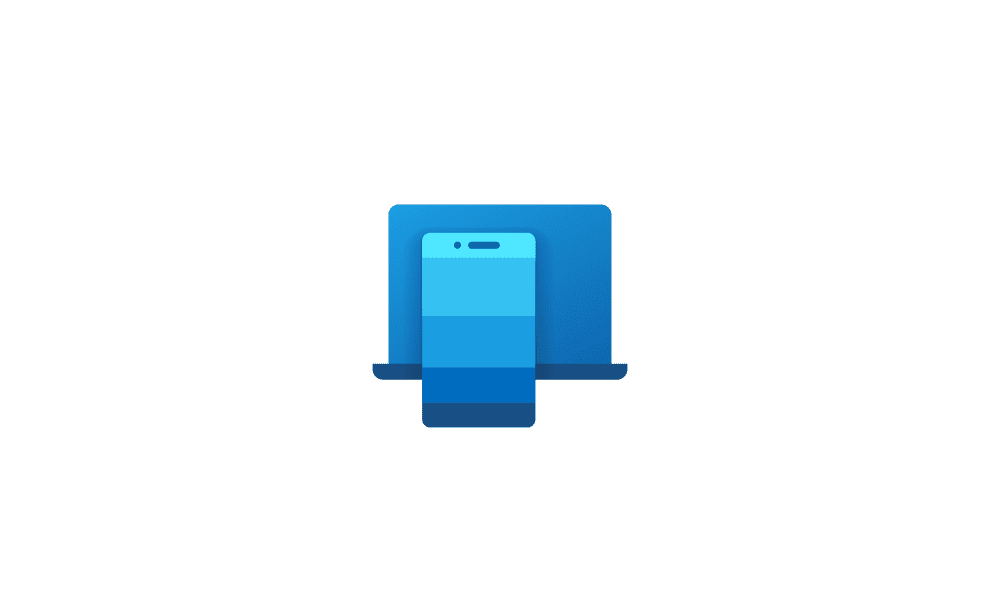
Link Samsung Android Phone to Windows 11 PC
 www.elevenforum.com
www.elevenforum.com
Click/tap on Skip instead if you do not want to link an Android phone.
This option is only available starting with Windows 11 build 22567.
This is for backing up and syncing your account's personal Desktop, Documents, Pictures, Music, and/or Videos folders to your online (cloud) OneDrive.
When you back up a folder its contents get moved to your account's OneDrive folder on the PC to then be synced with your online OneDrive.
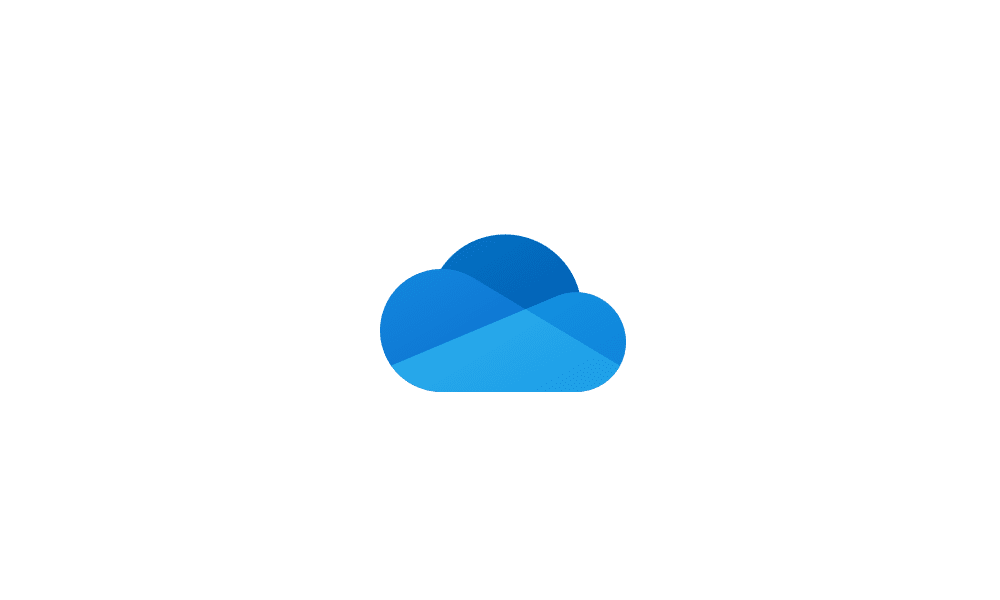
Turn On or Off OneDrive Folder Backup Syncing Across Windows 11 Devices
 www.elevenforum.com
www.elevenforum.com
For more details about a local account, see: Local account | Microsoft Docs:
If you do not want this local account to have a password, leave the password field empty, click/tap on Next, and go to step J below.
You will be able to change these privacy settings at anytime in Windows 11.
- Enable or Disable Location Services in Windows 11
- Enable or Disable Find My Device in Windows 11
- Change Diagnostic Data Settings in Windows 11
- Enable or Disable Improve Inking and Typing in Windows 11
- Enable or Disable Tailored Experiences in Windows 11
- Enable or Disable Advertising ID for Personalized Ads in Apps in Windows 11
24 When the custom install has finished, you will be on your desktop in Windows 11 with the Start menu open. (see screenshot below)
25 You can now open the C:\Windows.old folder to manually copy back any files you may want from your previous installation. (see screenshot below)
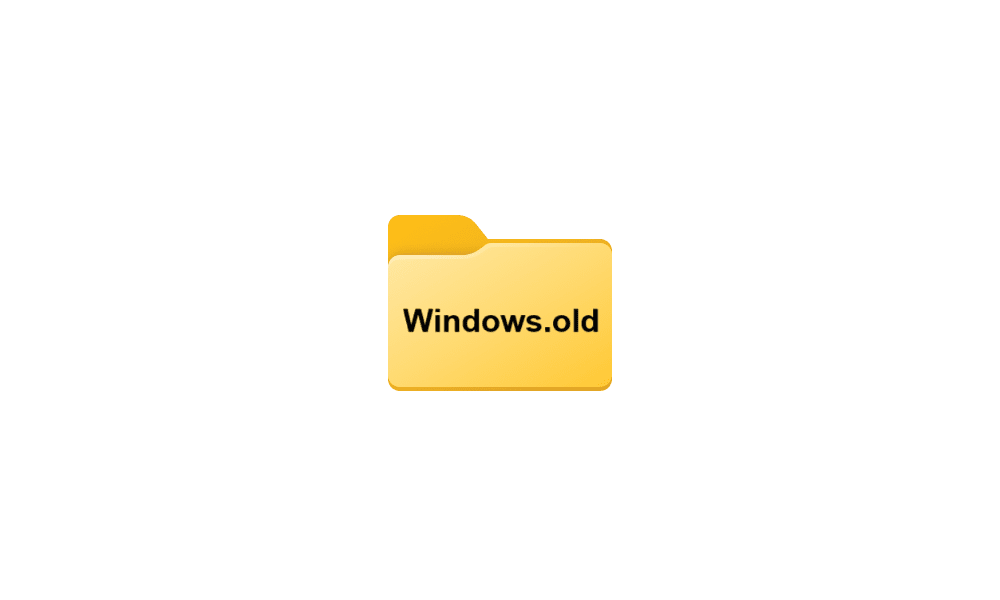
Restore Files from Windows.old Folder in Windows 11
 www.elevenforum.com
www.elevenforum.com
26 Make sure the correct time zone, date, and time is set.
27 Install any needed drivers for your devices.
That's it,
Shawn Brink

